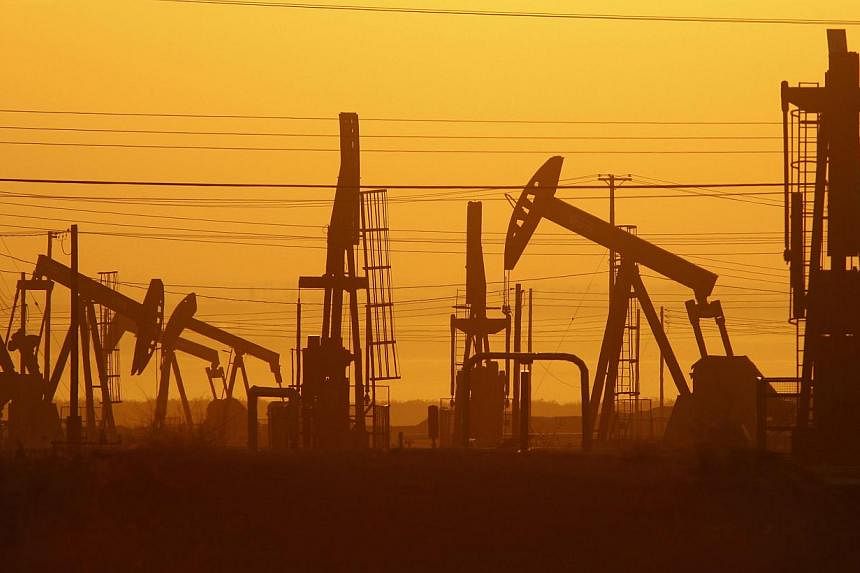LONDON (AFP) - More than US$48 trillion (S$60.3 trillion) must be invested by 2035 to meet global energy needs as current technologies go offline and demand rises in emerging nations, the International Energy Agency (IEA) said in a report launched in London on Tuesday.
The special report warns that the expansion of the global gas market, thanks largely to the improvements in unconventional extraction methods, will not reduce prices significantly due to high transportation and infrastructure costs.
The Paris-based body predicted that US$2 trillion per year will need to be invested by 2035, a rise of US$400 billion from 2013, while annual spending on energy efficiency will have to increase to US$550 billion.
"This amounts to a cumulative global investment bill of more than US$48 trillion, consisting of around US$40 trillion in energy supply," it explained.
Most of the US$40 trillion is needed to offset declining production from existing oil and gas fields and to replace power plants and other assets that will reach the end of their productive life.
The main components of energy supply investment would be US$23 trillion in fossil fuel extraction, transport and oil refining; almost US$10 trillion in power generation, of which low-carbon technologies account for almost three-quarters, and a further US$7 trillion in transmission and distribution, it added.
The autonomous agency, responsible for promoting energy security, warned policymakers that they faced conflicting needs.
Demands for stronger action on climate change could cause a backlash against the cost of subsidies to renewables and calls for lower energy prices could come up against public opposition to cheaper extraction techniques such as fracking.
"Against this backdrop, there is a risk that policymakers fail to provide clear and consistent signals to investors, with particular impacts on low-carbon technologies that depend, for the moment, on policy support," said the report.
The IEA urged for new forms of investment to be exploited, and suggested that institutional investors, such as pension funds and insurers, could be vital as a source of long-term funds.
It also predicted that oil investment would shift towards the Middle East as non-OPEC supplies run out, and that gas prices around the world should converge given the boom in investment.
"Investment in liquefied natural gas (LNG) facilities creates new links between markets and improves the security of gas supply," it explained.
But "high costs of gas transportation may dampen the hopes of LNG buyers in Europe and Asia for much cheaper gas supplies."
Europe was singled out as a particular concern, requiring US$2 trillion in power sector investment by 2035, while India will need US$1.5 trillion in power sector investment over the same period to support its growing economy.

